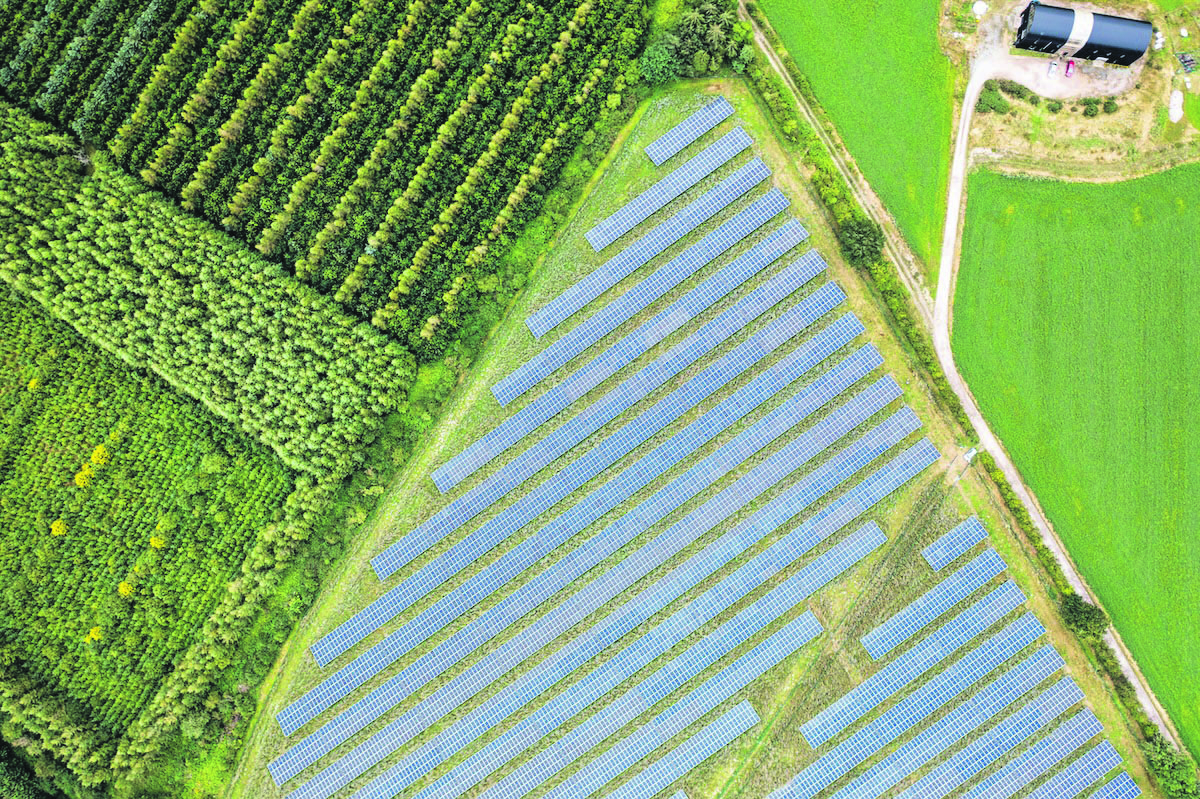Opening on March 28th in the Douglas Hyde, Deirdre O’Mahony’s The Quickening is a project decades in the making. O’Mahony’s work has been described as a socially engaged artist, who develops ways to work with people rather than strictly making objects, but she describes her style as straddling this and an aesthetic practice. This is seen in her newest project, with the film having both beautiful aspects, and some repellant. In an interview with The University Times, she shared the story of the experiences that led her to The Quickening.
While O’Mahony has been focusing on making artwork for the last thirty years about landscapes and land use in particular, her journey towards The Quickening began in the last ten years, where her focus began to shift to food production and farming. In 2009, she began SPUD, a project that explored how the potato is used to question attitudes towards mortality, and the identities of Irish people living with the legacy of colonialism.
However, the real inspiration for the project came from a commission she did for Galway Hospital Systems. It was an audio piece, which was designed for hospital patients undergoing dialysis. The objective of the project was, as she stated, “to take people out of their habitual place”, and “open up an imaginative space for them”. Since the hospital had dialysis centres up the west coast, she chose sounds from locations on the coast. One of these locations happened to be a farm. It was here she met Suzanna Crampton, a farmer based in Kilkenny, who is a passionate advocate for farming with nature, and regenerative farming.
At this point, she began the Sustainment Experiments. It was the middle of lockdown, which brought into the public gaze the fragility of the food distribution system. “What was shaping that project”, she said of the first Sustainment Experiment, “was an idea that was put forth by a design philosopher called Tony Fry. Tony argued that we’re at the point now where we need to have a shift in behaviour that is equivalent to the change in behaviour that happened during the Enlightenment, due to climate change. He calls it ‘Sustainment’”.
The first Sustainment Experiment involved doing plantings in different locations, in the shape of an I Ching Hexagram, which are Chinese symbols and a way of speaking to the future, and a way of revealing what you already know. O’Mahony asked the I Ching, what is the future of sustainable agriculture in Ireland? These hexagrams will be painted in the Douglas Hyde, accompanying the film. As for the answer, O’Mahony stated that “that’s the question that’s been at the heart of everything that I’ve done, and everything that’s led me to make this film”.
A main aspect of the research for The Quickening was the Feasts. There were two, one in Dublin and one in Kilkenny, and all the conversations were recorded and distilled into the soundtrack of the film. “I was trying to listen to what people were saying and have it heard differently” as a “way of creating public space for people whose voices wouldn’t normally be heard in that context”, she explained, and this became a common theme of the Feats, and of the film. In fact, throughout all the Feasts, the emphasis was on embracing imperfection, encouraging people to come as they were and share what they knew. The conversations that flowed from these meals were the basis of the film.
“The Quickening is about learning from the past and moving forward”, O’Mahony said of the main purpose of the film. In conjunction with this are several public engagement programmes that go along with the exhibit. There will be several workshops, led by different people who will each devise a different way to engage the audience with the film, such as writing a letter to the farmers that are featured themselves, and a workshop on food production and consumption. In addition, there will be a reading section, with new books in the gallery each week. To cater to students specifically, there will be a student forum project. Most importantly, The Quickening will be going on tour as a way to bring the artwork to more rural locations.
At the heart of the film is the message: dig deeper. “That’s my takeaway”, O’Mahony stressed, “Dig deeper about what you eat and where you buy it.” The Quickening is a project years in the making, but is just the beginning. O’Mahony’s film is one with increasing relevance, and draws attention to the complexities of agriculture in the modern age.
The Quickening runs until June 23rd at the Douglas Hyde Gallery.







